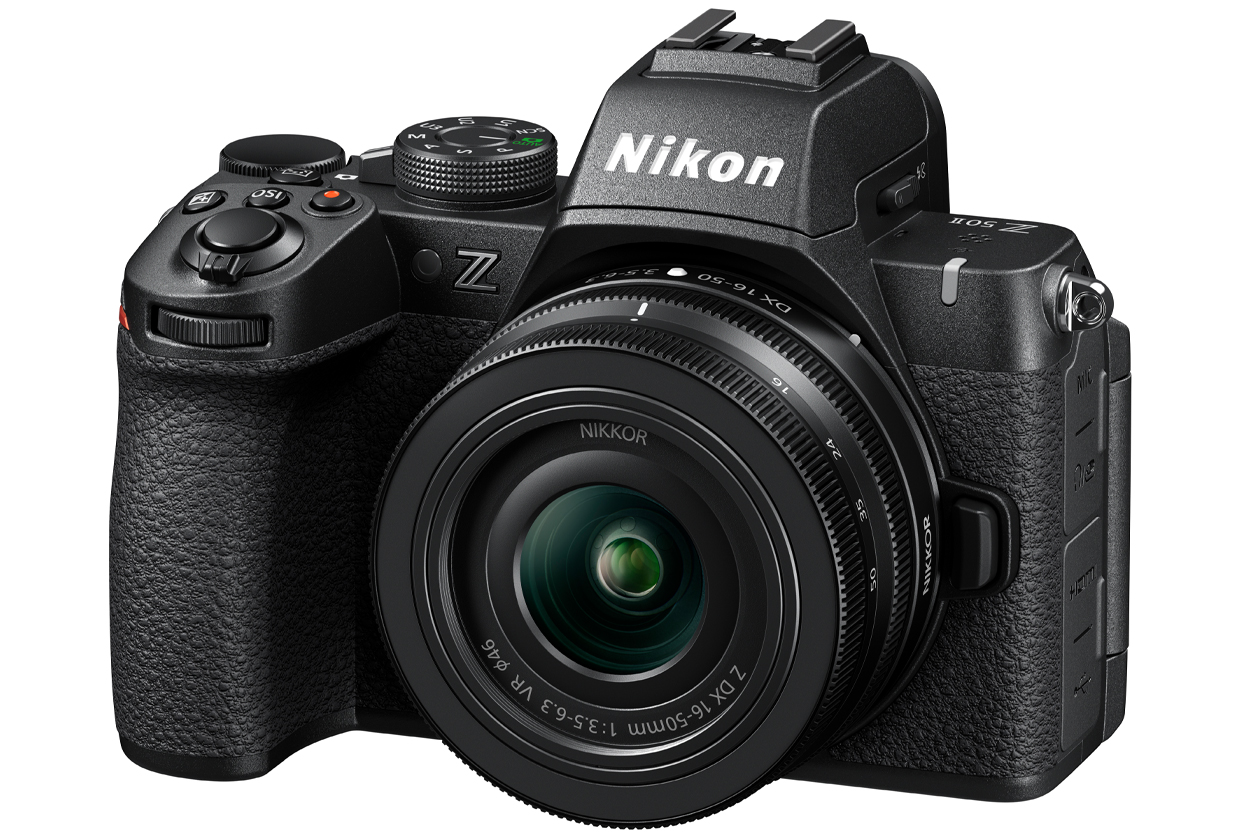Introduction: What Are Diamond Carats?
When shopping for diamonds, one of the most important factors to consider is the carat weight. Understanding diamond carats can significantly impact your decision-making process and help you find the right diamond for your needs. Carat weight refers to the size of the diamond and directly affects its price. While other factors such as cut, color, and clarity also play a role in determining the value of a diamond, carat weight is often one of the first attributes buyers consider. This article will explore what quilates del diamante are, how they affect the price and appearance of a diamond, and what you should know when choosing a diamond based on its carat weight.
What Does Diamond Carat Mean?
Diamond carat is a unit of measurement that refers to the weight of a diamond, not its size. One carat is equal to 200 milligrams, or 0.2 grams. Understanding this definition is crucial when discussing diamond carats because it distinguishes weight from size. While many people associate carat weight with the physical size of a diamond, it’s important to remember that a diamond’s size can be influenced by its cut and proportions. Therefore, two diamonds with the same carat weight can look different in size, depending on how they are cut. When buying a diamond, knowing what diamond carats represent can help clarify the relationship between weight and size, leading to a more informed purchase.
How Diamond Carats Affect the Price
One of the key factors influencing the price of a diamond is its carat weight. Generally, the higher the carat weight, the more expensive the diamond. This is because larger diamonds are rarer and more difficult to find. However, it’s not just the carat weight alone that determines price. Diamonds with higher carat weights that also have superior cut, color, and clarity will command a much higher price than diamonds with the same carat weight but lower grades in these areas. When comparing diamonds based on carat weight, it’s important to consider the overall quality of the stone. While diamond carats are a primary driver of cost, the other factors contribute to the overall value and appearance of the diamond.
Choosing the Right Diamond Carat for Your Budget
When selecting a diamond, it’s important to balance your desired carat weight with your budget. Diamonds with higher carat weights tend to be much more expensive, so it’s essential to decide what is most important to you. Do you want a larger diamond, or are you willing to prioritize other factors like cut and clarity? If you have a specific budget in mind, you may find that opting for a slightly smaller diamond with a superior cut or clarity can offer a better overall value. Understanding how diamond carats fit into your budget and how they interact with other factors like color and clarity will help you make a smart investment. Whether you are looking for a 1-carat diamond or something larger, there are ways to maximize value while meeting your preferences.
Carat Weight and Its Impact on Appearance
While diamond carats are directly linked to weight, carat weight can also affect the visual appearance of the diamond. A diamond’s cut plays a significant role in how large or small it appears, as a well-cut diamond may look larger than one with the same carat weight but poor proportions. When considering diamond carats, it’s essential to focus on the overall appearance of the stone, which includes how it reflects light and how it interacts with its setting. For example, a 1-carat diamond may look more prominent in a halo setting due to the surrounding smaller diamonds, giving the illusion of a larger stone. Understanding the relationship between carat weight and appearance can help you choose a diamond that meets your aesthetic preferences without sacrificing other qualities.
Diamond Carats and Their Shape
The shape of the diamond can also influence how carat weight is perceived. For example, round diamonds tend to have a higher price per carat than fancy-shaped diamonds like oval, pear, or emerald, even at the same carat weight. This is because round diamonds are the most in-demand and require more precision during the cutting process. A larger fancy-shaped diamond might appear more affordable compared to a round diamond of the same carat weight because fancy shapes often retain more of the original rough stone, making them more cost-effective. When considering diamond carats, it’s worth exploring different shapes to find a style that suits your taste and offers the best value.
The Importance of Cut When Evaluating Diamond Carats
The cut of a diamond is crucial when considering its carat weight. The cut determines how well the diamond reflects light, impacting its brilliance and sparkle. A diamond with an ideal cut can look larger and more impressive than one with a poor cut, even if the carat weights are the same. When choosing a diamond, focusing on cut quality is just as important as considering the carat weight. If you are leaning towards a diamond with a larger carat weight, it’s essential to ensure the cut is of high quality to maximize the stone’s visual appeal. The right combination of carat weight and cut will ensure that the diamond looks stunning and catches the light in all the right ways.
How Diamond Carats Affect Ring Settings
When designing a diamond ring, the carat weight will also influence the setting choice. For diamonds with higher carat weights, more elaborate settings may be required to properly support the stone and highlight its size. A larger diamond often looks best in a setting that offers a secure foundation while allowing the stone to shine. On the other hand, smaller lab grown diamonds may look equally beautiful in simpler settings. Understanding how diamond carats relate to setting styles is essential when designing a custom engagement ring or choosing a ready-made piece. The right setting can enhance the diamond’s beauty and complement the carat weight, making the overall piece even more stunning.
Diamond Carats: Balancing Size and Quality
It’s essential to balance size and quality when selecting a diamond based on carat weight. A diamond’s carat weight may influence its overall appearance, but it’s the combination of carat weight, cut, color, and clarity that determines the diamond’s true value. Many buyers focus solely on carat weight, but it’s important to remember that a well-balanced diamond with a smaller carat weight can often appear more brilliant and beautiful than a larger diamond with lower-quality attributes. By carefully considering the carat weight in conjunction with the other key factors, you can ensure that your diamond looks stunning and offers excellent value. Understanding how diamond carats interact with these elements will help you make the right decision when buying a diamond.
Conclusion: Finding the Perfect Diamond Carat for You
In the end, selecting the right diamond carat is about finding the perfect balance between size, quality, and budget. While carat weight is an important factor in determining the price and visual appeal of a diamond, it’s essential to consider other factors like cut, clarity, and color. By taking the time to explore the different options available based on your preferences and needs, you can find a diamond that fits your budget and exceeds your expectations. Whether you’re looking for a 0.5-carat or a 2-carat diamond, understanding the role of carat weight will help you make an informed and confident decision.





More Stories
Buy Lab Grown Diamonds in Hong Kong: A Smart and Sustainable Choice
Lab Grown Diamond Studs: The Perfect Combination of Luxury and Sustainability
Moissanite vs Diamond: The Man-Made Diamond Showdown